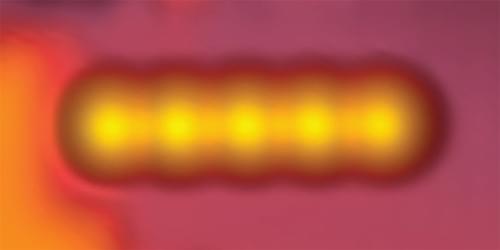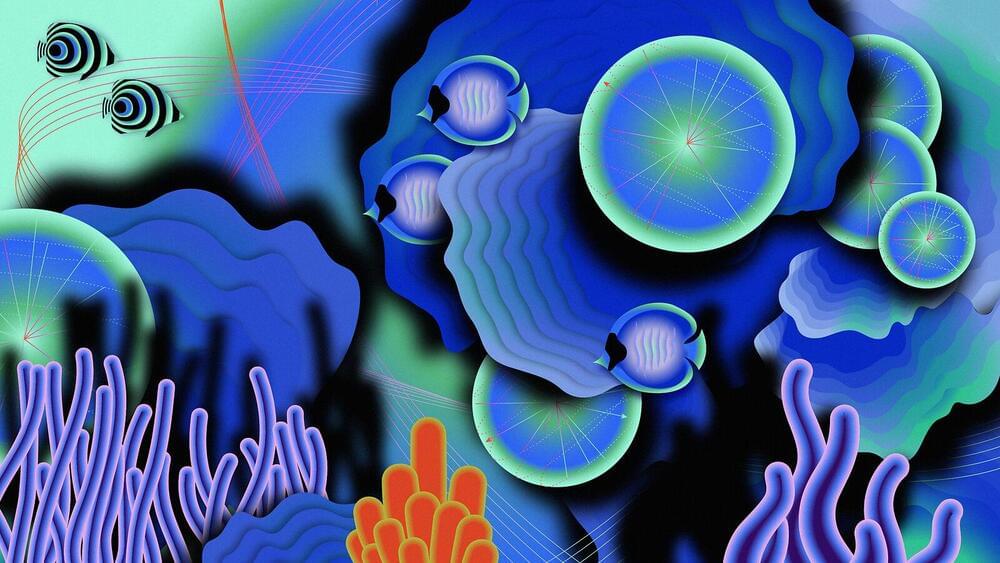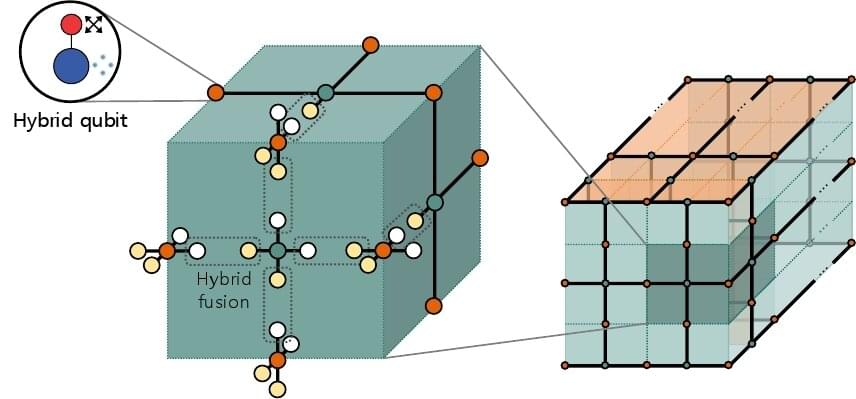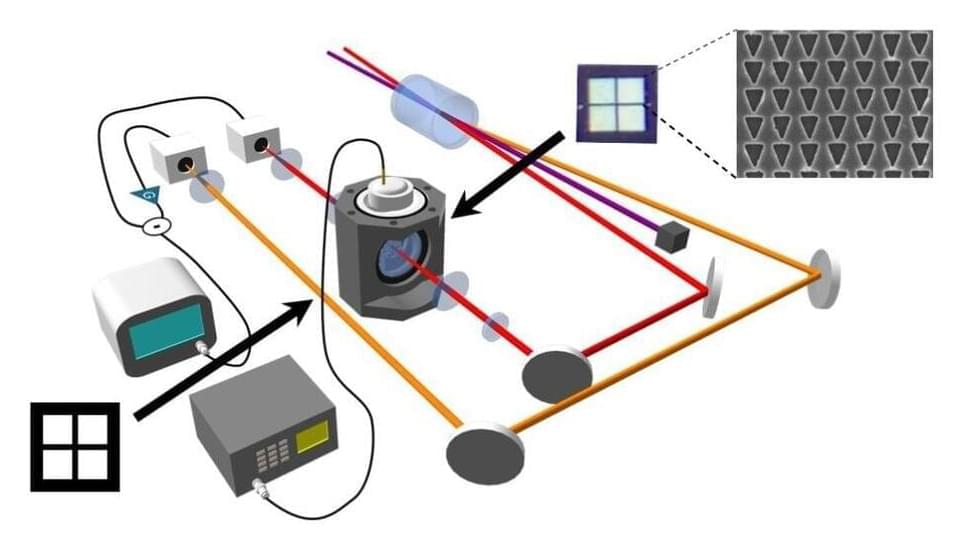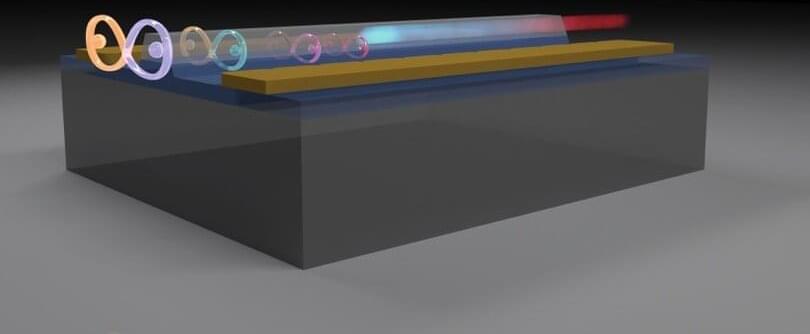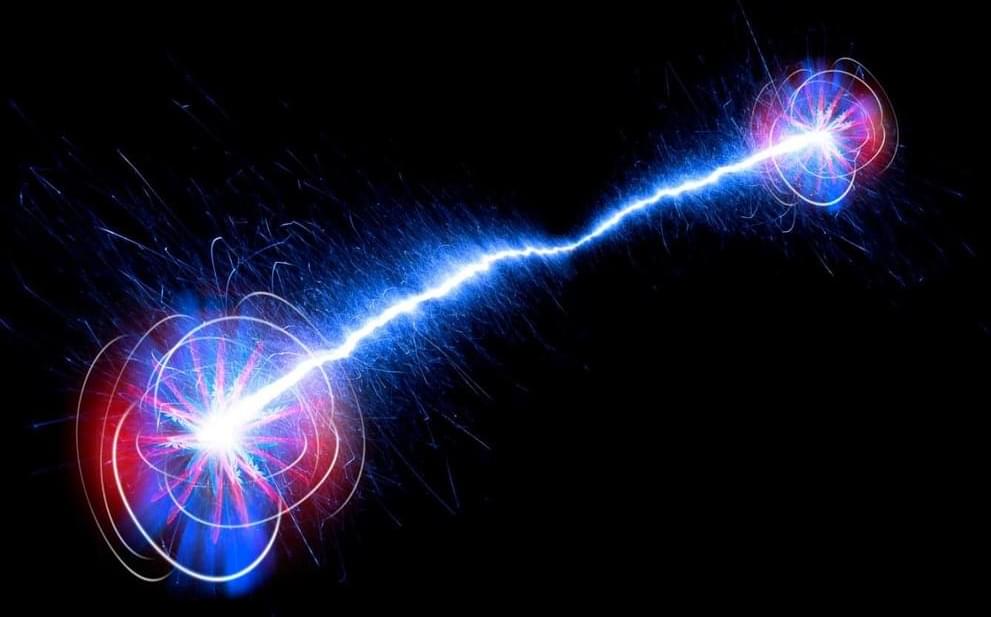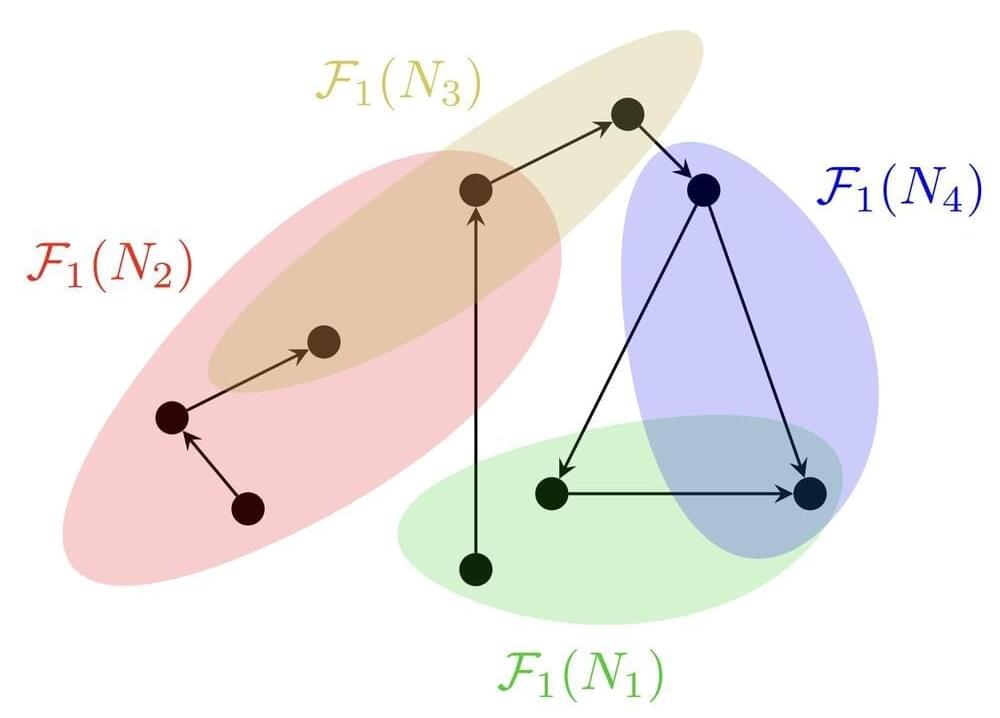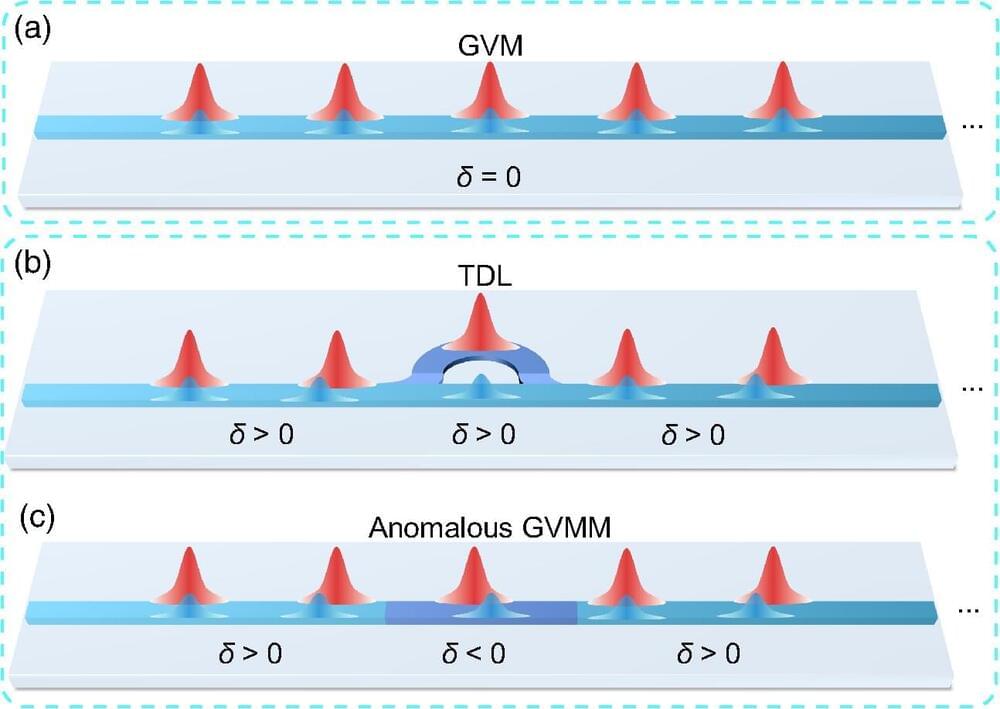Next Generation Biomanufacturing Technologies — Dr. Leonard Tender, Ph.D. — Biological Technologies Office, Defense Advanced Research Projects Agency — DARPA
Dr. Leonard Tender, Ph.D. is a Program Manager in the Biological Technologies Office at DARPA (https://www.darpa.mil/staff/dr-leonar…) where his research interests include developing new methods for user-defined control of biological processes, and climate and supply chain resilience.
Prior to coming to DARPA, Dr. Tender was a principal investigator and led the Laboratory for Molecular Interfaces in the Center for Bio/Molecular Science and Engineering at the U.S. Naval Research Laboratory. There, among other accomplishments, he facilitated numerous international collaborations with key external stakeholders in academia, industry, and government and his highly interdisciplinary research team, comprised of electrochemists, microbiologists, and engineers, is widely recognized for its many contributions to the field of microbial electrochemistry.
Dr. Tender earned a doctorate degree in analytical chemistry from the University of North Carolina, Chapel Hill; a bachelor’s degree in chemistry from the Massachusetts Institute of Technology; completed a post-doctoral fellowship in the Department of Chemistry from the University of California, Berkeley; and served as a visiting scientist in the Stanford University Department of Chemistry.
Dr. Tender co-founded the International Society for Microbial Electrochemistry and Technology and is a recipient of the Arthur S. Flemming Award, which honors outstanding federal employees, by the George Washington University’s Trachtenberg School of Public Policy and Public Administration.
